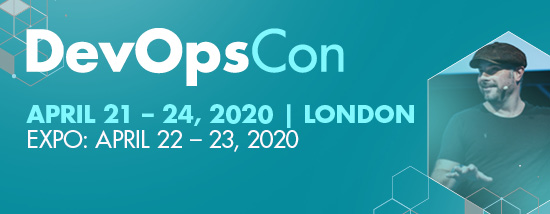Another update for Quarkus has arrived; meet version 1.3.0.Final. While 1.3.0.Final does not bring any major changes to the framework, it does update plenty of its infrastructure.
The long list of bug changes, minor updates, and documentation upgrades polishes Quarkus to a shine.
What is Quarkus? According to its homepage, it is a “Kubernetes Native Java stack tailored for OpenJDK HotSpot and GraalVM, crafted from the best of breed Java libraries and standards”. Even better, it is entirely open source, so let’s take a look.
SEE ALSO: Clojure: a mature alternative to Java
1.3.0.Final changes
This is the final update for Quarkus 1.3.0, so with this arrival, 1.3.0 is now officially complete.
Some of the newest changes include:
- Quarkus now generates entities in the correct class loader, fixing a previous issue.
- Documentation changes: A number of typos have been corrected, links have been fixed, and some clarification added for a smoother learning experience.
- Fixed windows failures
- Maven project fixes
- Users can now skip the build mojo from the command line.
- Added new section on reactive security
- https:// for Maven xsd will now be used
- Added a Hibernate ORM hot reload test
- Various upgrades: Updated to smallrye-jwt-2.1.1, proton-j to 0.33.3, postgresql from 42.2.10 to 42.2.11, OptaPlanner from 7.33.0 to 7.34.0, and Gradle to 6.2.2,
- Security tests and fixes
That’s not all, so be sure to read the entire changelog and see what minor changes and bug fixes have been made.
Quarkus overview
A brief rundown: Quarkus is an open source Cloud-Native, container-first framework for writing Java applications. It features fast boot time with low memory and seamlessly live reload with zero additional configuration.
In our Java retrospective series, experts recommended it as one of the top frameworks for Java devs. Don’t just take our word on it, here’s what one of the experts has to say about it:
Definitely Quarkus. The community has developed a great tool to optimize common Java paradigms for the JVM and even the GraalVM native image – this has affected many projects for which Quarkus has dependencies. That they are currently working on becoming officially MicroProfile compatible makes me personally very happy. The website of our Java Usergroup Mainz has now been running on Quarkus for several months without any problems, and that as a native image.
Tim Zöller – Team Leader Java, ilum:e informatik AG
We aren’t the only ones singing its praises. Quarkus won the 2020 DEVIES award for Best Innovation in: Code Frameworks/Libraries.
SEE ASO: How Java’s security methods have changed in 20 years
Grab the new release
Newcomers to Quarkus will need an IDE, JDK 8 or 11+, and Gradle or Apache Maven version 3.5.3 or newer. That’s all you need to start coding with supersonic, subatomic Java. Check out the getting started instructions and learn how to begin your first application and start building native images.
Read the release notes on GitHub for a full rundown on what bugs the newest release fixes.
As always, please leave feedback for the devs if you find any additional bugs, issues, or documentation errors. Open a pull request on GitHub or drop the devs a line.
The post Quarkus 1.3.0.Final fixes bugs in the Kubernetes Native Java stack appeared first on JAXenter.
Source : JAXenter














